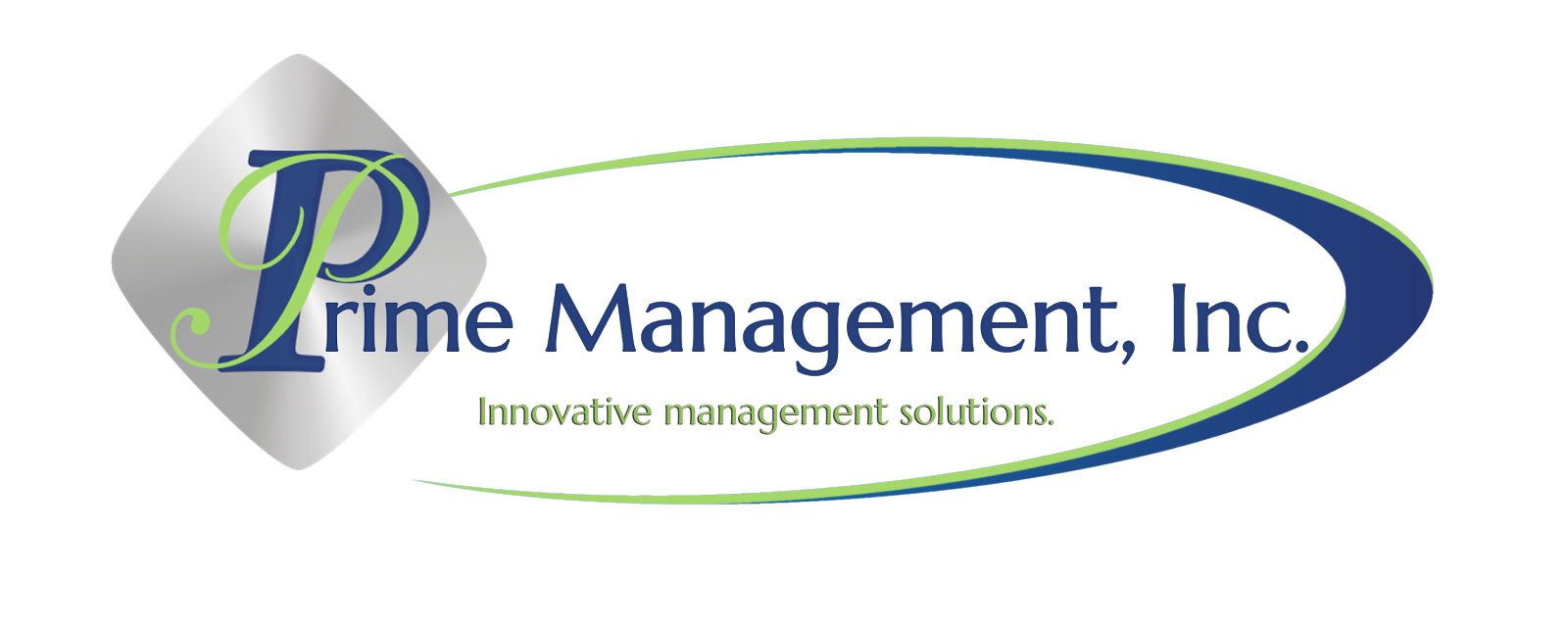By Christopher
Nicosia, CMCA, AMS, MM – Operations Manager
You’re sitting in your living room when your cell phone
makes that alarming noise that accompanies an urgent message from a governmental
agency, “Hurricane Approaching, Make Preparations Now!”. What do you do? You are the Board President and have 1,000
homes and a clubhouse that are all in nature’s destructive path. What should you do first? You have retention basins that can overflow
during significant rain fall events. You
have a Clubhouse with pool furniture, screens, pretty planters and pergola
covers that could blow away. You have
homes with people on vacation and lots of furniture on their patios. What to do...what to do?!?!
This is just one example of why an emergency plan is so
vital to the operation of a community. A
fundamental responsibility of an association, through its governing board and
management (if applicable), is to assess and mitigate risk whenever possible. Specifically, it is essential to identify
areas that are vulnerable to damage, that could cause damage, or pose an injury
risk or worse and determine a way to minimize the possible negative
effects. Whether it is securing pool
furniture, removing screens from windows in the Clubhouse, draining down
irrigation ponds and retention basins to allow for flood water mitigation or
educating homeowners on proper planning practices and home maintenance, an
emergency plan is a comprehensive approach to prepare for, and respond to, a
wide variety of emergency conditions and situations.
So what risks are you looking for? Well, that depends on the scope of your
responsibility. A condominium
association may have more risk to assess and mitigate than a single family home
development. A community with a large
Clubhouse may have a greater scope of risk than a community that only has a
pool. It is important to understand the
scope of your responsibility as delineated by the Association’s governing
documents. Once you understand your
responsibilities, you can better assess your risk.
To identify risk, it is important to understand what various
cause and effect relationships can be exacerbated by natural and man-made disasters. For instance, if a community’s storm drain
system ties into retention basins directly adjacent to homes, what is the path
of least resistance for that water during a hurricane? Will the rain water collected in the basin
overflow and, if so, which direction will it flow? Is said retention basin part of a network of
basins or does it overflow to a wetland?
Does the wetland run downhill to a stream that borders neighboring
properties? The cause and effect here is
– significant water could flood the association’s property or potentially flood
neighboring properties downstream in the event of a significant rainfall event. As part of an emergency plan, what solution
mitigates this risk? Perhaps the
Association could use large pumps to draw down retention basin levels ahead of a
storm to create additional capacity to prevent overflow. Each risk requires a detailed assessment and
then a practical approach to mitigate it.
It is very important with emergency planning to keep the K.I.S.S.
(Keep It Simple Stupid) Principle tantamount.
In an emergency, there are significant strains on existing resources and
even greater stress on you – the person responsible for managing the
emergency. Overly complex plans will
only lead to failure as it may be nearly impossible to execute a difficult plan
in adverse conditions. Instead, it is
important to make a clear and easy to follow plan and do as much of the
preparation necessary ahead of an emergency so execution during an event is
easy and requires little additional resources or thought.
Included in every emergency management plan should be an evacuation
plan of buildings and a vehicular traffic management plan to balance traffic
across all available exits, keeping in mind the municipal street capacities the
community feeds. Additionally, plans
should have a monetary allowance (emergency spending authorization) in the
event the entire Board is not readily available to authorize spending for
things like additional security, emergency repairs, etc. Communication protocols should be defined to
ensure streamlined and timely communication within your community as well as
with municipal, county, state, and if necessary, federal agencies. Keeping in touch with local government and
communicating all relevant information to homeowners is essential to
maintaining order and ensures available resources are directed to the community
when needed. Finally, an emergency plan
must prepare all stakeholders and include information for individuals to plan –
information on disaster preparedness from the American Red Cross or FEMA are
good to include. Homeowners should be
encouraged to make individual plans with their neighbors – the Association
cannot address all of its responsibilities and those of the individual
homeowners...it needs everyone’s help!
In closing, Emergency Plans are becoming not only important
tools for communities in the shadows of disaster, but also a requirement by
government agencies of associations that meet certain population and
infrastructure thresholds. All associations
should consult with their local and county government officials to determine if
an emergency plan is required for their community and what is required to be
included. While this article provides a
primer for the construct of an emergency plan, it is important to understand
what is required for your community and what meets the needs of your homeowners
and the government agencies that have jurisdiction in your area. Regardless of governmental requirements,
proper planning is rarely a negative and having a plan for your community,
regardless of size, can help make an emergency situation easier to manage. ###
Christopher Nicosia is the Operations Manager at Prime Management,
Inc. He has nearly 15 years experience in association management and
consulting, is a Certified Manager of Community Associations, an
Association Management Specialist and has undergraduate and graduate
degrees in business and management. Mr. Nicosia can be reached at (609)
693-0090 or cnicosia@primemanagementinc.com. Visit Prime Management, Inc. online at www.primemanagementinc.com.
